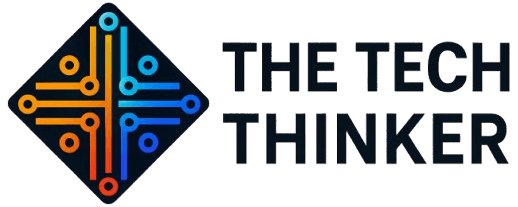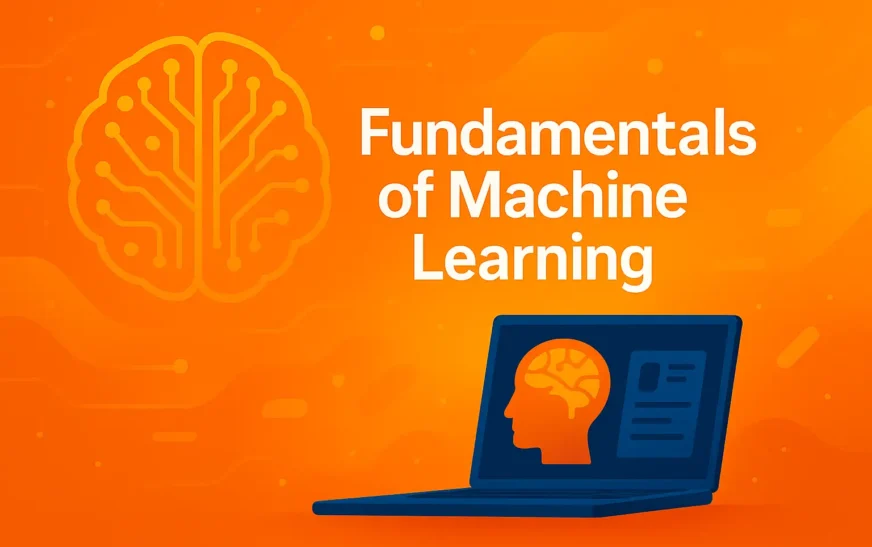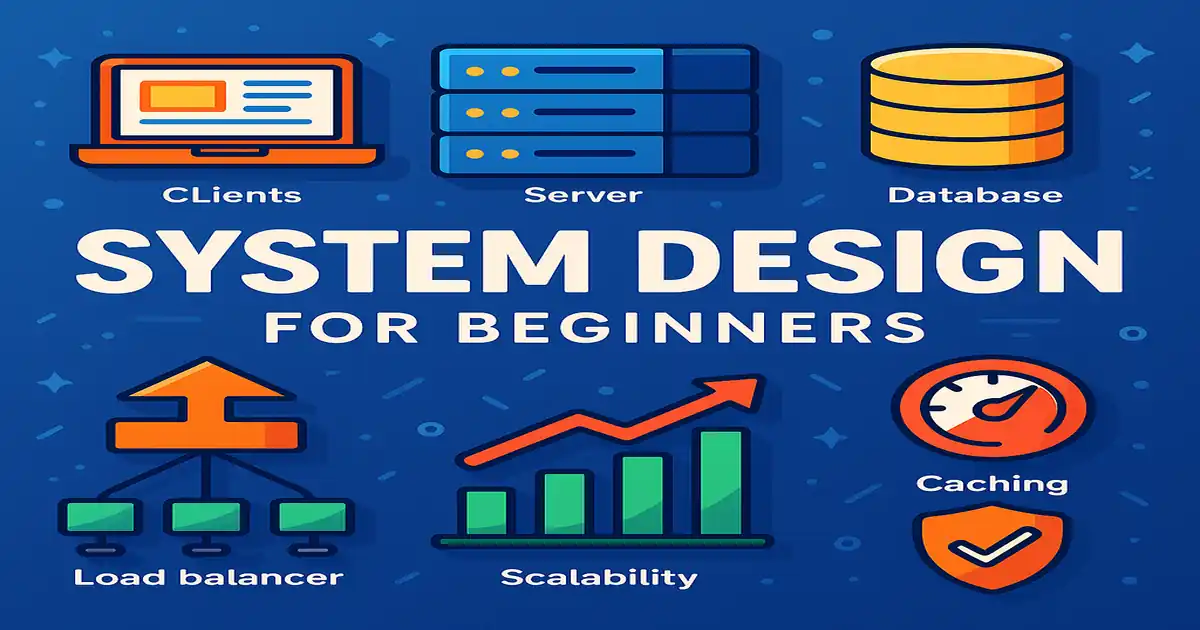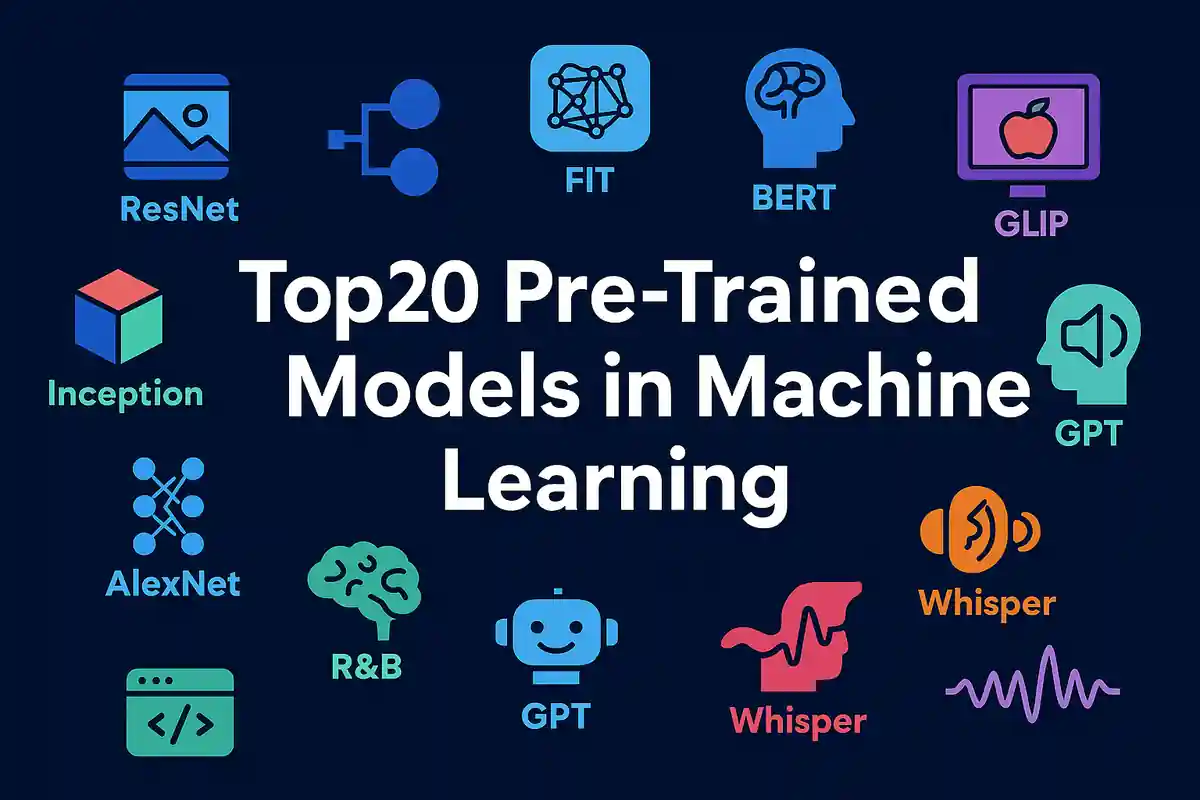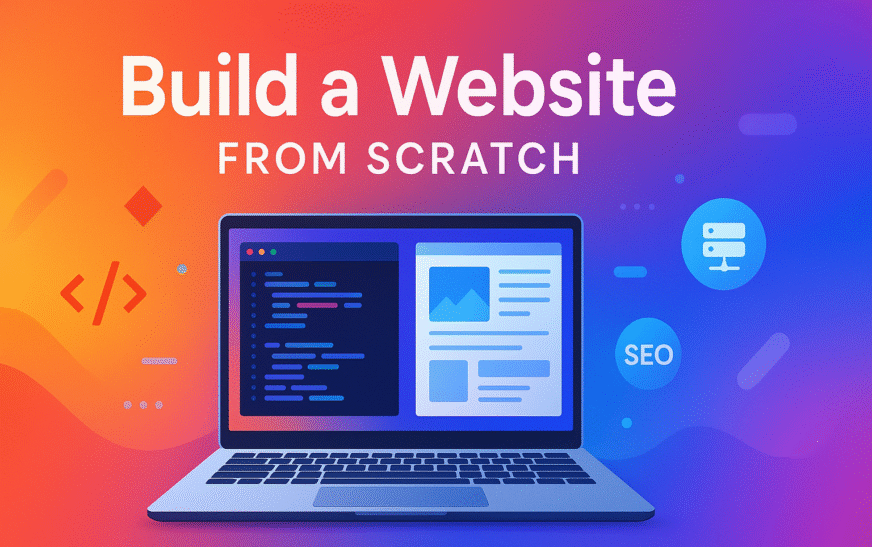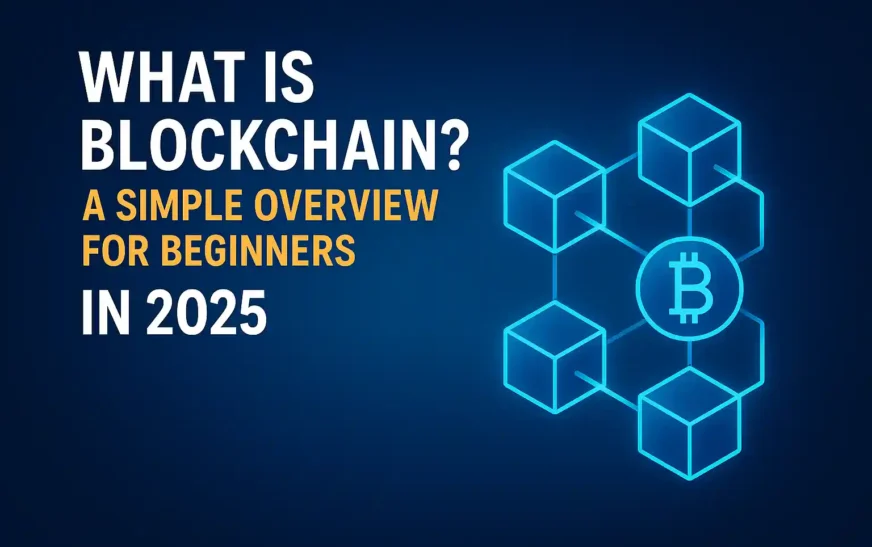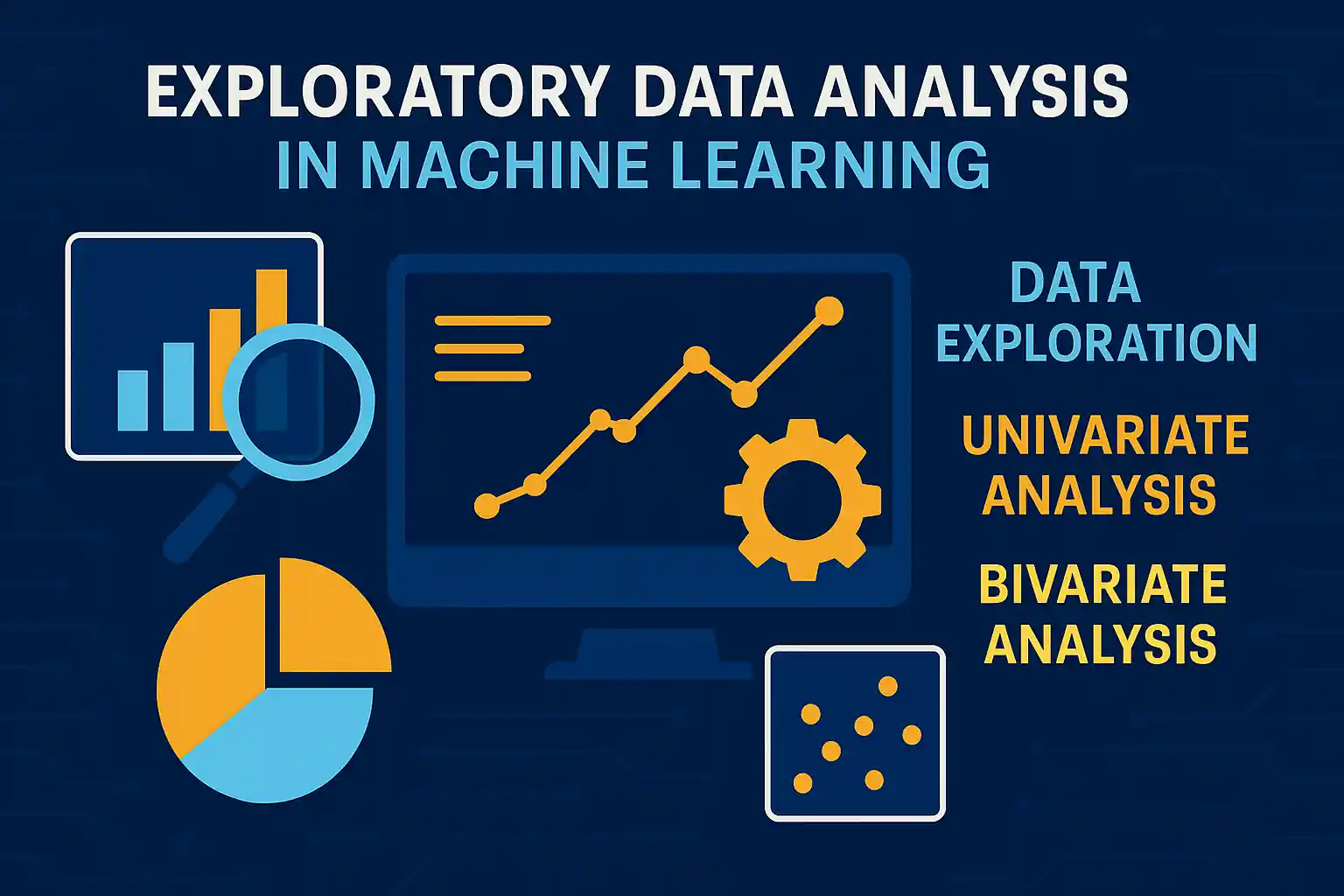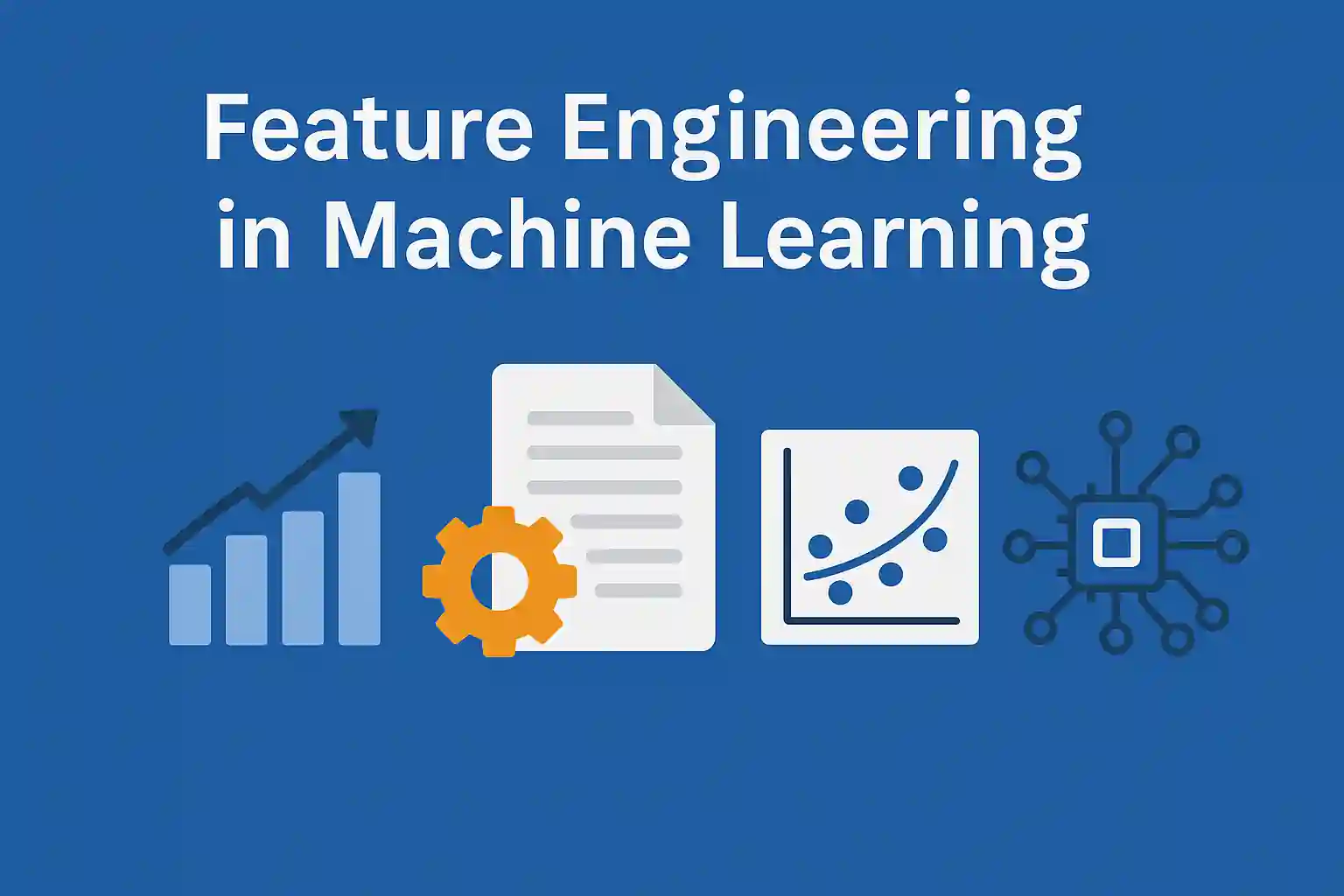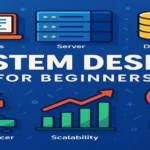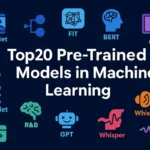Why “Fundamentals of Machine Learning” Matter Today?
Imagine you run a little coffee stand and each morning you guess how many customers will show up—sometimes you over‑bake and waste croissants, other days you run out of lattes by 10 AM. Now suppose you start recording daily footfall, the morning temperature, and whether you ran a “Buy One, Get One” promo. By mastering the Fundamentals of Machine Learning—automating data collection, cleaning out bad sensor spikes, creating simple features (like “promo_active” or “temp_below_18”), and training a basic model—you can accurately predict tomorrow’s crowd. Even this small example shows that without these building blocks, you’ll either under‑staff and disappoint customers or over‑staff and eat into your profit. In 2025, Machine Learning underpins everything from self‑driving cars to fraud detection—so nailing these basics means your models deliver reliable, actionable insights every time.
What Is Data Ingestion & Why It Matters
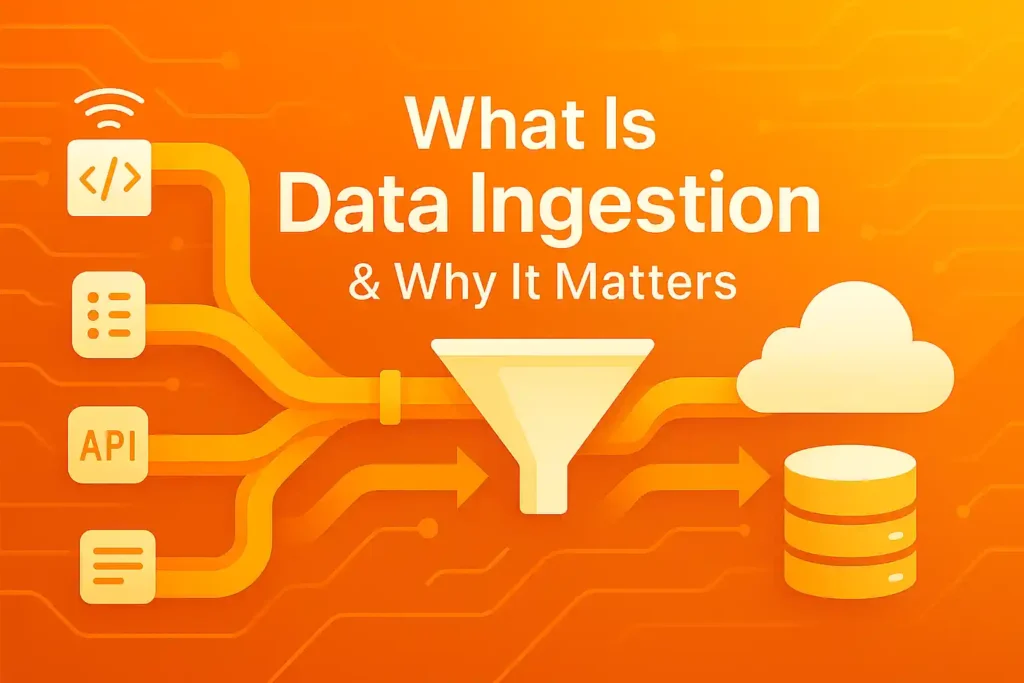
Data Ingestion is the automated collection of raw inputs—logs, CSV exports, API streams, IoT telemetry—that feed into your pipeline.
Why It Matters:
Ensures your model sees the full picture—no blind spots from missing batches.
Standardizes inputs so “works on my laptop” surprises vanish.
Key Techniques & Tools
Batch Ingestion: Cron jobs or Apache Airflow DAGs for nightly database extracts.
Streaming: Kafka, AWS Kinesis, or MQTT for real‑time event feeds.
Snapshot Versioning: Archive raw dumps to replay historical runs and audit pipelines.
Example: A predictive‑maintenance system streamed vibration data at 10 Hz over Kafka, triggering a nightly retrain that caught new failure modes before each shift.
What Is Data Cleaning & Why It Matters
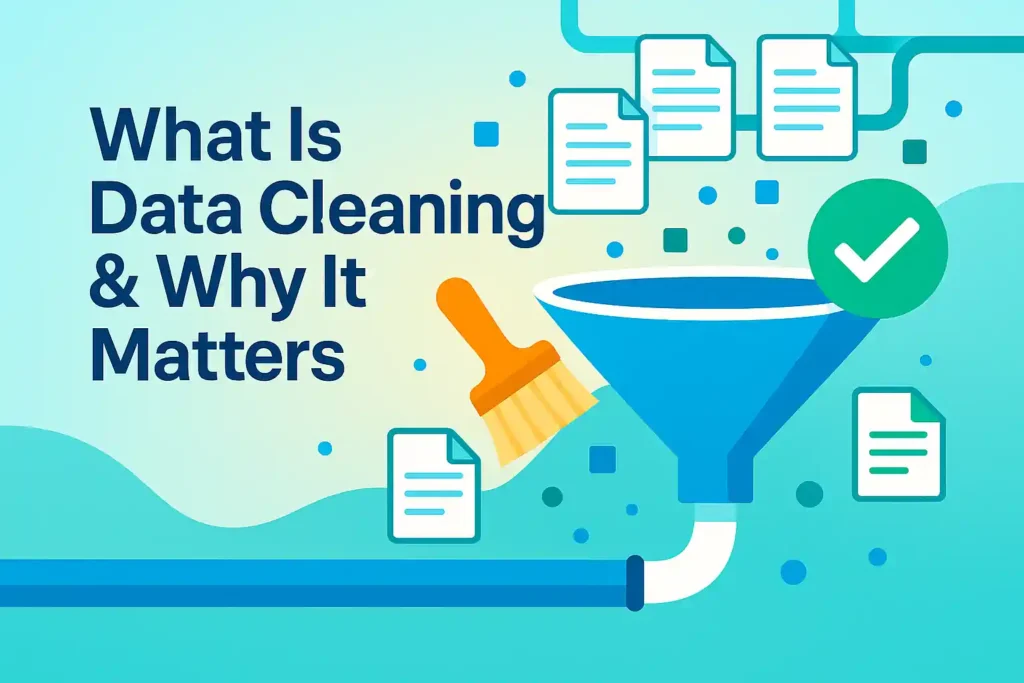
Data Cleaning corrects or removes corrupt, inaccurate, or missing records—standardizing formats and reconciling inconsistencies.
Why It Matters:
Dirty inputs train “hallucinating” models that learn noise as signal.
Prevents spurious correlations—like believing free‑price items always sell best.
Core Steps
Standardize Missing Values: Map “N/A,” blanks, zeros →
NaN.Detect & Handle Outliers:
Statistical: Z‑scores (>|3|), IQR fences.
Visual: Box plots to identify extremes.
Type Conversion: Convert strings to
datetime; preserve leading zeros by casting IDs to text.Deduplication: Remove identical records; enforce referential integrity.
Pro Tip: Build a reusable cleaning notebook—every new dataset runs through the same checks before proceeding.
What Is Exploratory Data Analysis (EDA) & Why It Matters
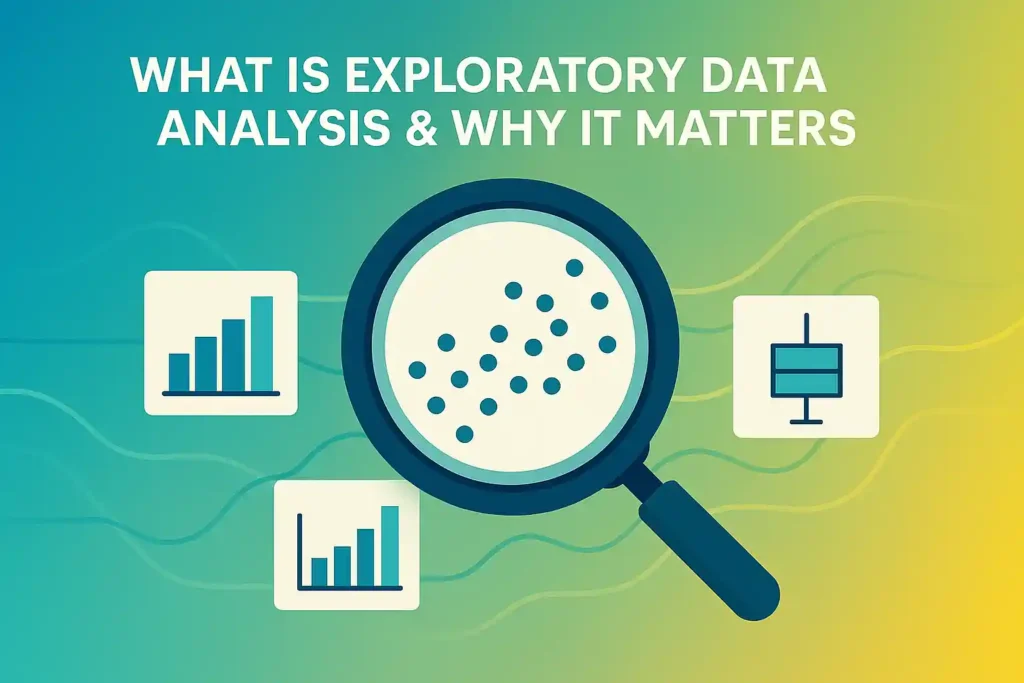
EDA is the visual and statistical examination of cleaned data to uncover distributions, relationships, and anomalies.
Why It Matters:
Reveals hidden patterns—clusters, skew, seasonality.
Sparks feature ideas and catches data issues early.
Techniques & Visuals
Histograms & KDEs: Identify heavy tails or multi‑modal distributions.
Scatterplots & Pairplots: Surface non‑linear trends or clusters.
Correlation Heatmaps: Uncover multicollinearity or unexpected links.
Insight: In a ride‑hailing EDA, scatterplots of pickup‑hour vs. trip‑duration exposed rush‑hour clusters—leading to a new “rush_hour” feature that boosted accuracy by 7%.
What Is Feature Engineering?
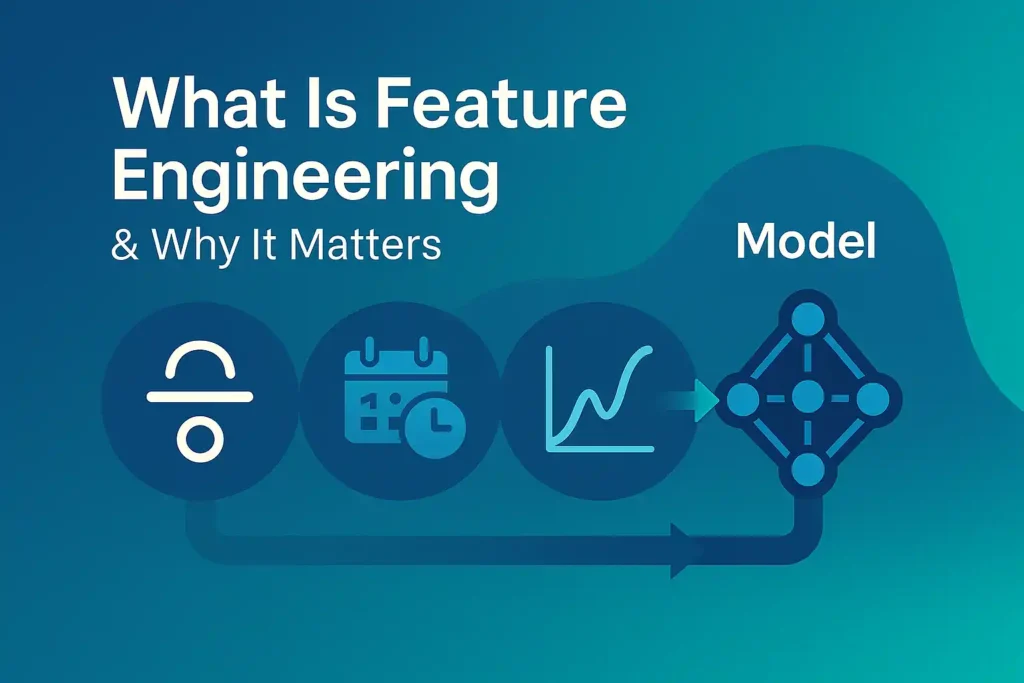
Feature Engineering transforms raw variables into predictive signals via ratios, aggregates, temporal flags, embeddings, and more.
Why It Matters:
Domain‑driven features often outperform algorithmic tweaks.
Encodes business context that models can’t infer from raw data alone.
Power Techniques
Ratios & Aggregates:
credit_utilization = balance / limit.Polynomial & Interaction Terms: Capture curvature (e.g., temperature² for HVAC models).
Temporal Features: Hour of day, weekday/weekend, days_since_last_event.
Encodings: One‑hot for low cardinality; target/frequency encoding for high cardinality.
Embeddings: Word2Vec for text; entity embeddings for thousands of categorical IDs.
Real‑World Win: A retail team’s “promotion_intensity” feature (discount depth × count) cut forecast error by 15%—a leap no hyperparameter tweak could match.
What Is Model Training & Why It Matters?
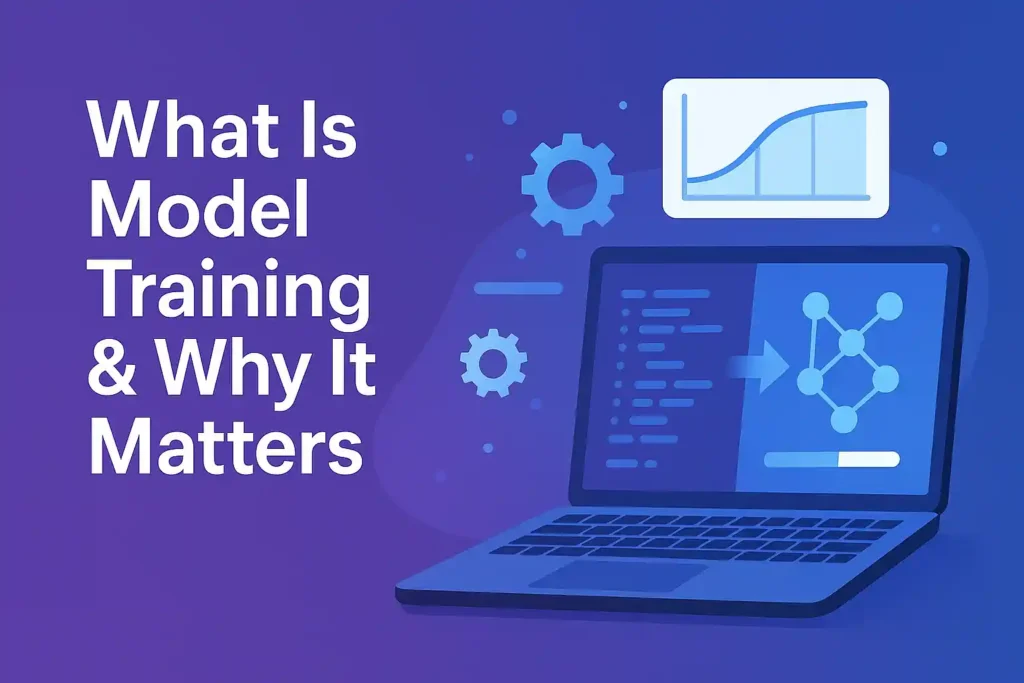
Model Training fits algorithms (linear models, tree ensembles, neural nets) to your features, minimizing error on training data.
Why It Matters:
Establishes your baseline predictive capability.
Efficient pipelines ensure fair comparisons across models.
Best Practices
Baseline Suite: Begin with simple models—logistic regression, decision trees.
Pipelines: Use scikit‑learn’s
Pipelineor TensorFlow’stf.datafor reproducibility.Parallelization: Distribute across CPU cores or GPUs when handling large datasets.
Example: A gradient‑boosted tree on 10 million transactions trained in under 2 hours on an 8‑core EC2 cluster, enabling rapid iteration.
What Is Validation & Why It Matters?
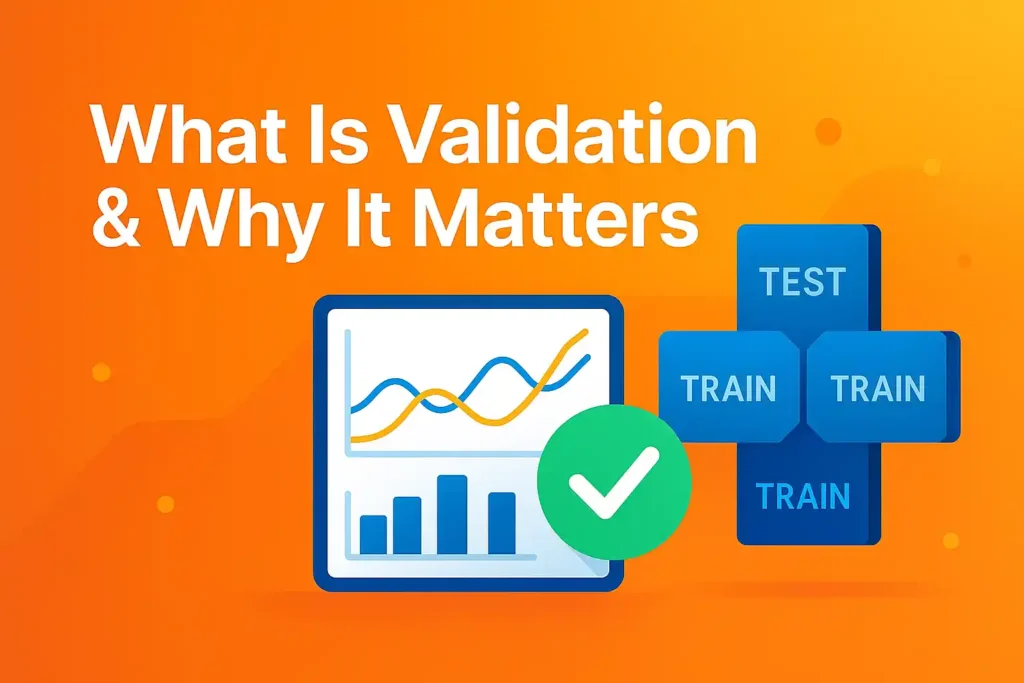
Validation estimates performance on unseen data through hold‑out splits, k‑fold cross‑validation, or time‑series splits.
Why It Matters:
Guards against overfitting and data leakage.
Ensures your model generalizes beyond the training set.
Approaches
Hold‑Out Test Set: Seal away 20–30% of data until final evaluation.
k‑Fold Cross‑Validation: Rotate training/validation across k folds for robust error estimates.
Time‑Series Split: Maintain chronology when data is sequential.
Lesson: Sliding‑window CV in a sales‑forecasting project revealed holiday‑trained models that failed off‑season, leading to separate peak/off‑peak submodels and a 20% error drop.
What Is Hyperparameter Tuning & Why It Matters?
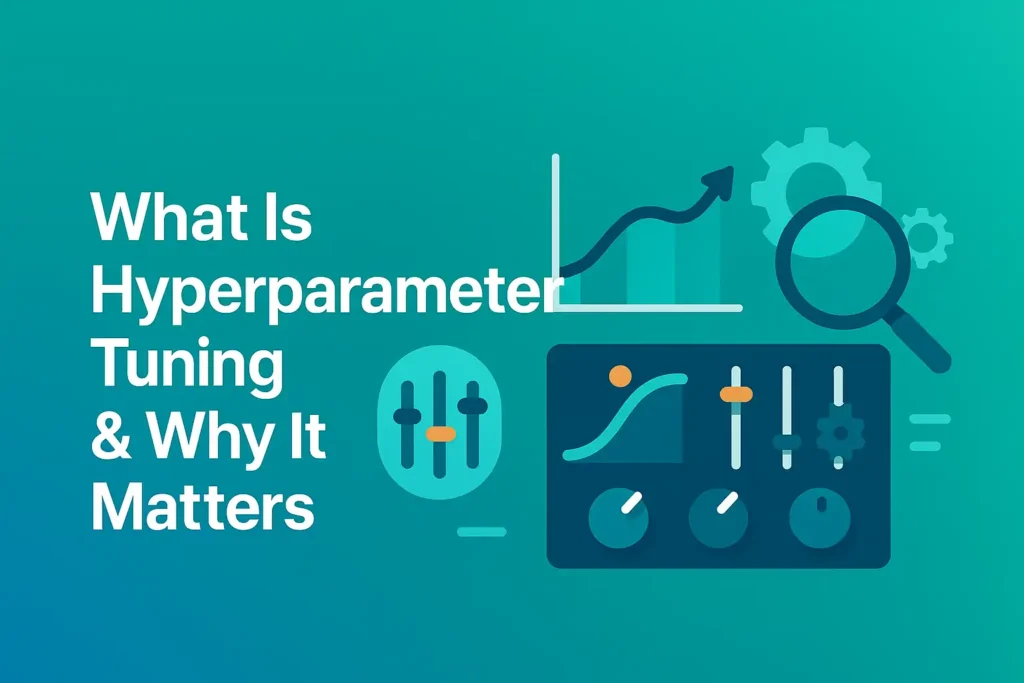
Hyperparameter Tuning searches “knobs” (learning rate, tree depth, regularization) via random search, grid search, Bayesian optimization, or population‑based training.
Why It Matters:
Default settings underperform—tuning often yields 10–20% gains.
Strategy
Random Search: Broad exploration (e.g., 100 random combos).
Grid Search: Fine‑tune in promising regions.
Bayesian Optimization: Model the performance surface to suggest new trials.
Early Stopping: Abort underperformers to save resources.
Tip: Log every experiment with MLflow or Weights & Biases—reproducibility is non‑negotiable.
What Is Model Deployment?
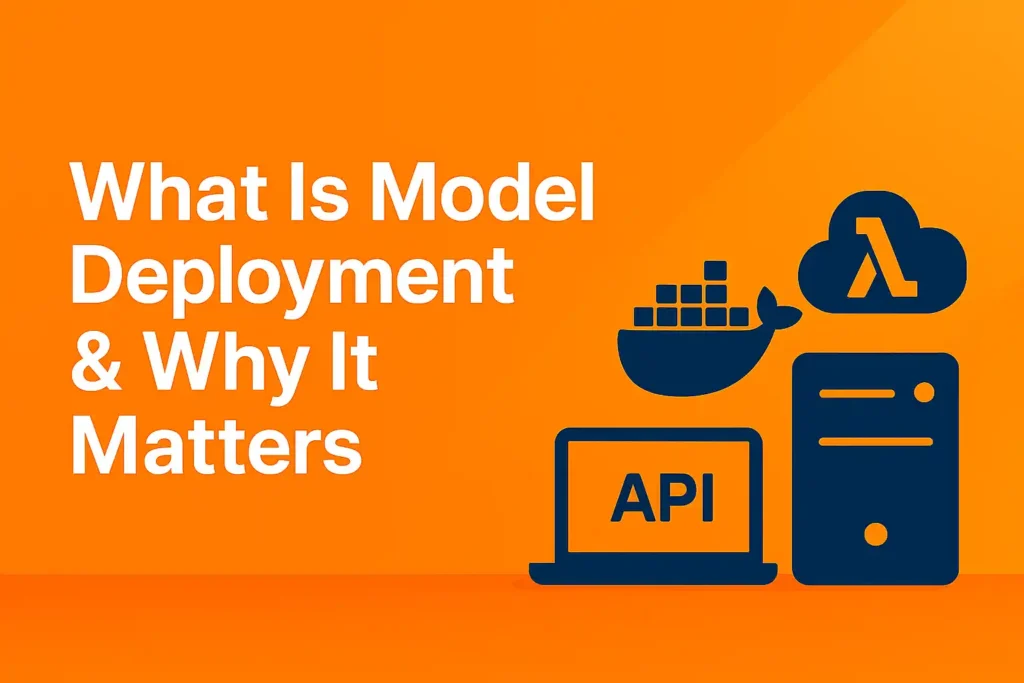
Model Deployment packages your trained artifact into a service—Docker containers, serverless functions, or microservices—that serves predictions via REST or gRPC.
Why It Matters:
Turns prototypes into business‑critical systems.
Guarantees reliability, scalability, and auditability in production.
Deployment Patterns
Containers: Docker images bundling code, dependencies, and model weights.
Serverless: AWS Lambda functions for event‑driven inference.
Microservices: FastAPI or Flask endpoints behind load balancers.
Example: A fraud‑detection Lambda function delivered predictions in < 50 ms, meeting real‑time SLAs under heavy load.
What Is a Feedback Loop?
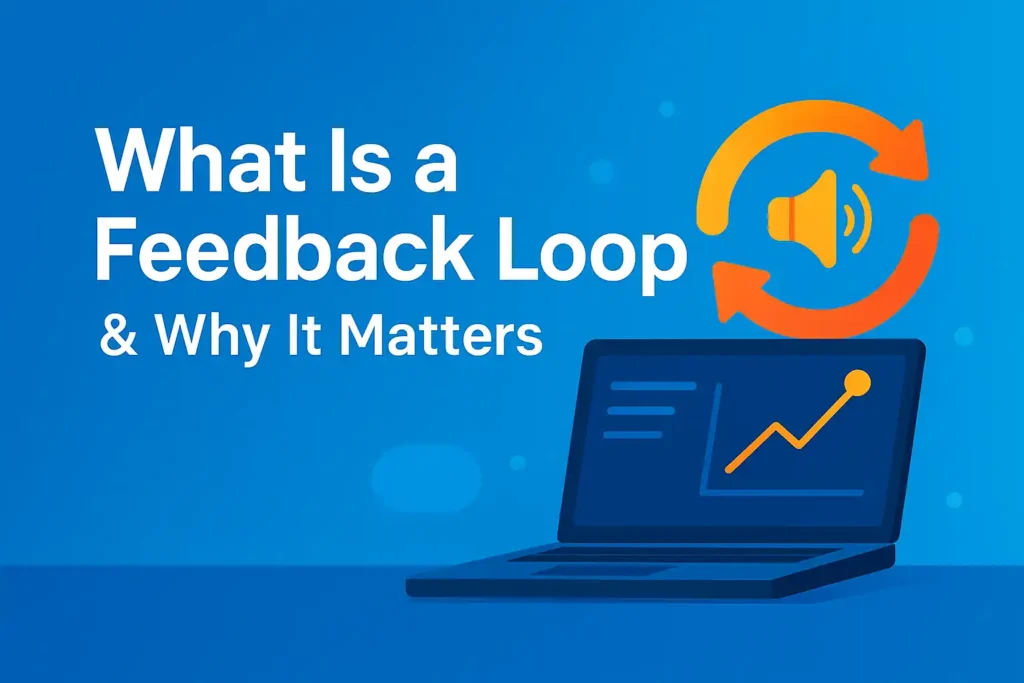
A Feedback Loop tracks production performance—data drift, metric degradation—and triggers retraining or alerts when thresholds are crossed.
Why It Matters:
Models degrade as data distributions shift.
Automated retraining keeps performance within service‑level objectives.
Key Metrics
Data Drift: Measure feature distribution shifts (e.g., K–L divergence).
Performance Monitoring: Track precision, recall, latency, and business KPIs.
Real‑World Alert: A UX redesign shifted user behavior, dropping model accuracy from 92% to 85%. The drift detector auto‑triggered a retrain, restoring accuracy by morning.
What Are Learning Paradigms & How to Choose?
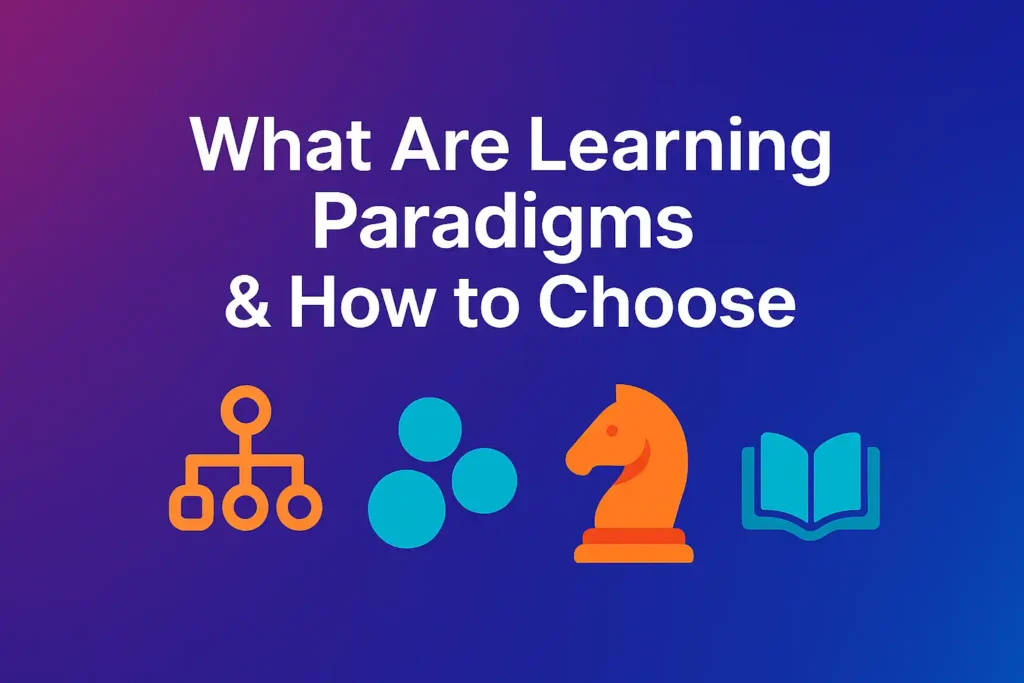
| Paradigm | What | Why | Key Tools / Example |
|---|---|---|---|
| Supervised Learning | Models learn a mapping from inputs (X) to known outputs (y) using labeled data. | Provides direct feedback and precise predictions when you have quality labels. | scikit‑learn (RandomForest, SVM); Example: Predicting loan defaults with labeled past loans. |
| Unsupervised Learning | Models uncover patterns or groupings in unlabeled data (clustering, dimensionality reduction). | Reveals hidden structure or anomalies when labels are unavailable or costly. | scikit‑learn (k‑Means, PCA); Example: Segmenting customers into “bargain hunters” and “big spenders.” |
| Reinforcement Learning | An agent learns optimal actions via trial‑and‑error, maximizing cumulative reward. | Ideal for sequential decision problems where actions affect future states. | OpenAI Gym; TensorFlow Agents; Example: Training a warehouse robot to optimize pick paths. |
| Semi‑Supervised Learning | Combines a small amount of labeled data with a large pool of unlabeled data. | Cuts annotation costs while leveraging abundant raw data for better performance. | Label propagation in scikit‑learn; Example: Classifying medical images with few expert labels. |
| Self‑Supervised Learning | Creates proxy tasks (e.g., masked‑word prediction) on unlabeled data to learn representations. | Enables powerful pretraining on raw data before fine‑tuning on limited labels. | Hugging Face Transformers (BERT pretraining); Example: Pretraining on text corpus then fine‑tuning for sentiment analysis. |
Machine Learning paradigms define how your model learns. Selecting the right one prevents wasted effort and maximizes impact.
Supervised Learning
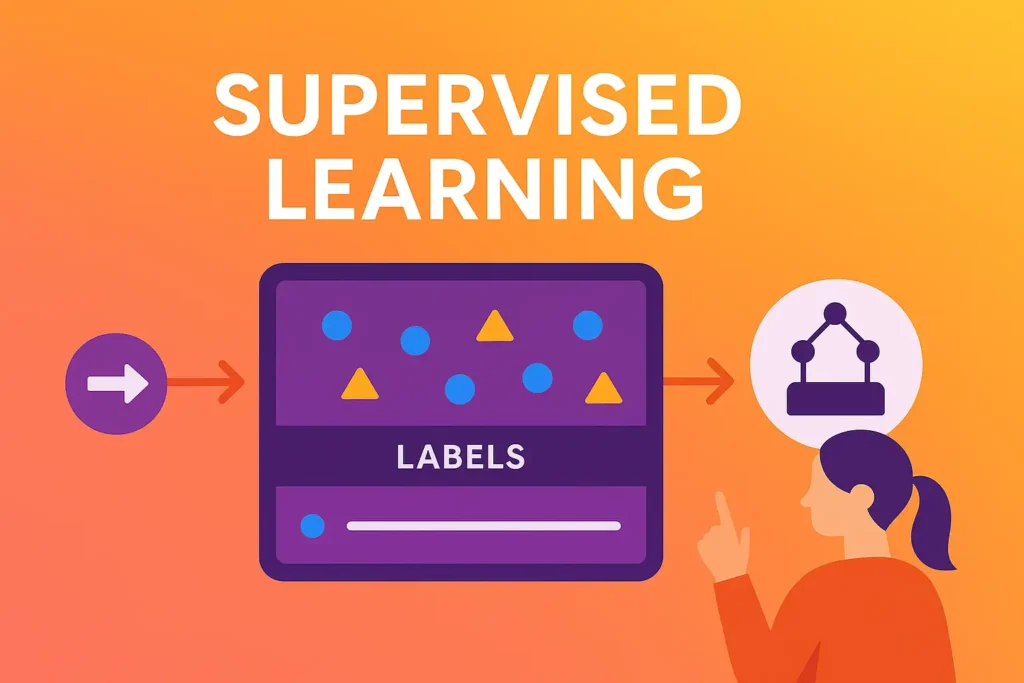
What Is It?
Models learn a mapping from inputs (X) to known outputs (y) using labeled examples.
When & Why Use It?
When: You possess reliable historical labels and need precise predictions (churn, price, classification).
Why: Direct metric optimization (accuracy, MSE); mature libraries (XGBoost, scikit‑learn).
Example:
A bank trains a Random Forest on 50K labeled loan records to predict defaults—optimizing for recall to catch at‑risk customers.
Unsupervised Learning
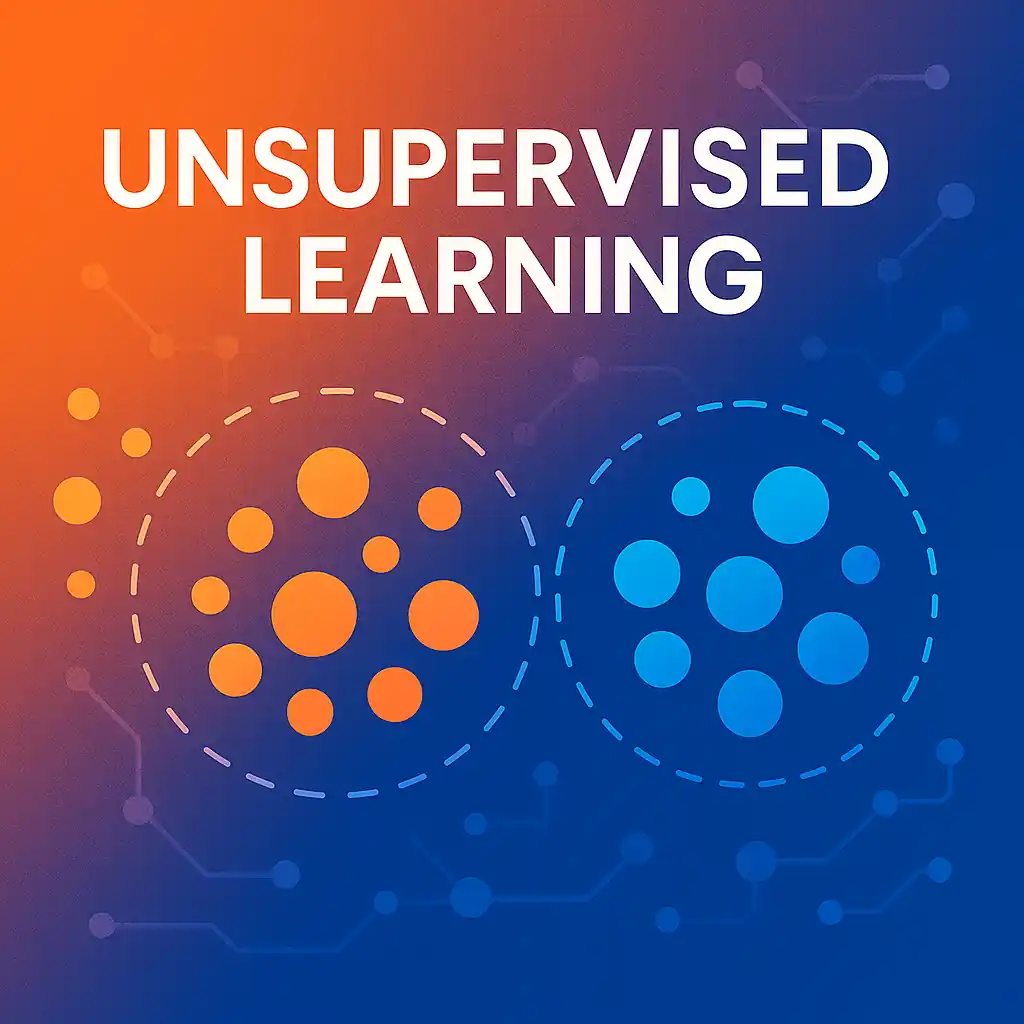
What Is It?
Models discover patterns in unlabeled data—clustering, dimensionality reduction, anomaly detection.
When & Why Use It?
When: Labels are unavailable or you need exploratory insights (customer segments, outliers).
Why: No annotation cost; can reveal unexpected structure.
Example:
An e‑commerce team clusters purchase histories into “bargain hunters,” “loyal regulars,” and “big spenders,” informing targeted promotions.
Reinforcement Learning
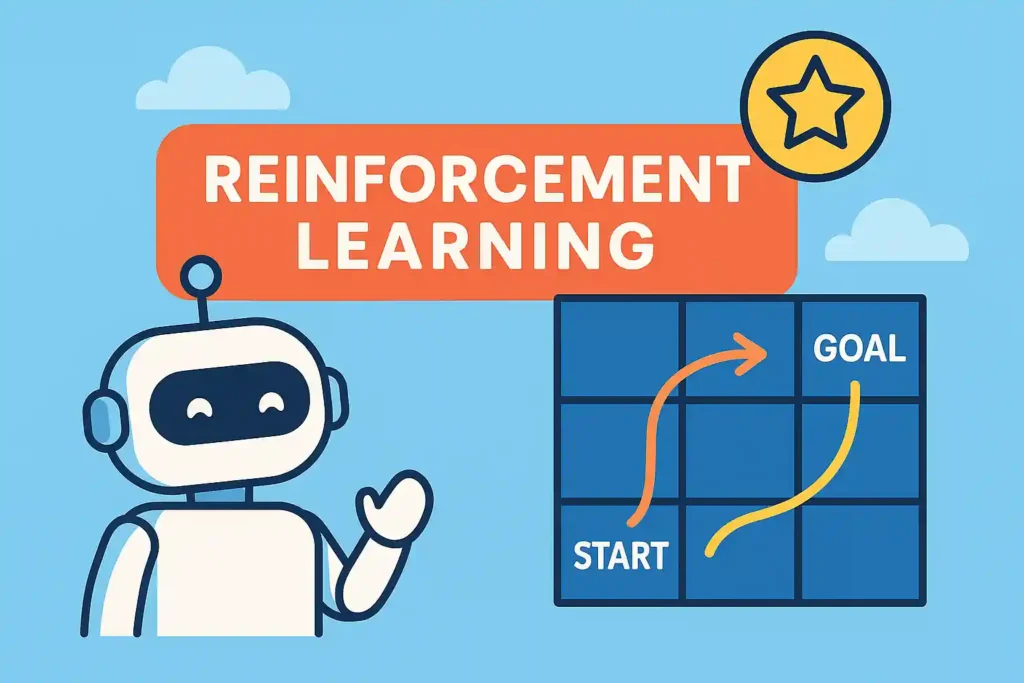
What Is It?
An agent learns via trial‑and‑error, receiving rewards or penalties to optimize a policy over time.
When & Why Use It?
When: Actions influence future states (robotics, game AI, dynamic pricing).
Why: Excels at sequential decision tasks with delayed rewards.
Example:
A logistics firm trains a warehouse robot to maximize throughput, rewarding successful picks and penalizing collisions in simulation.
Semi‑ & Self‑Supervised Methods
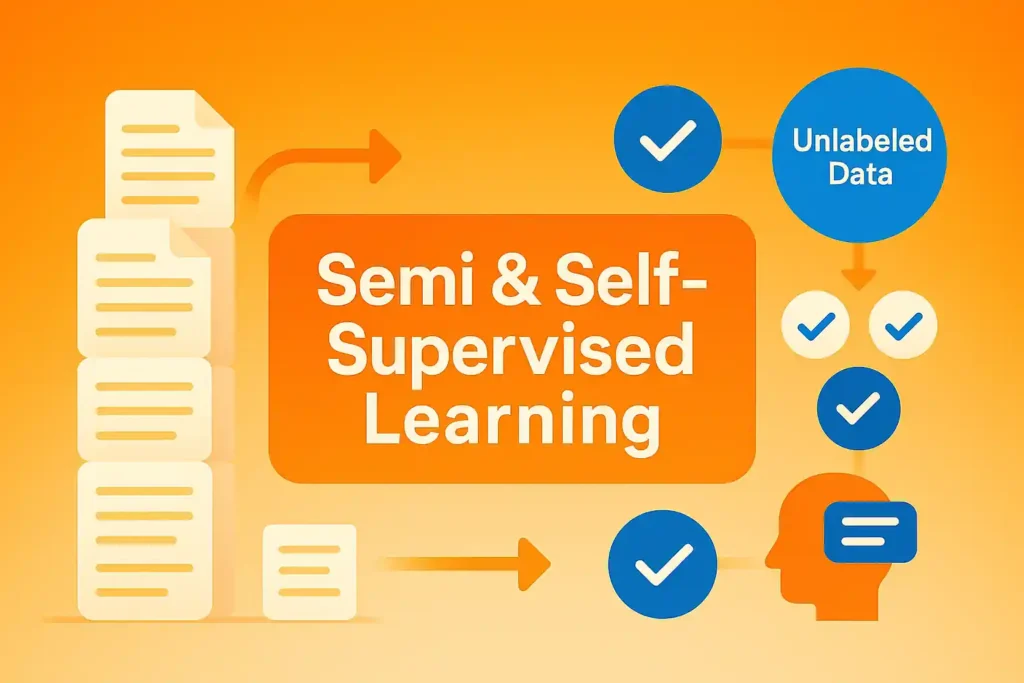
What Are They?
Semi‑Supervised: Combine a small labeled set with a large unlabeled one.
Self‑Supervised: Generate proxy tasks (masked‑word prediction) from raw data, then fine‑tune.
When & Why Use Them?
When: Labeling is expensive (medical scans, legal docs) but raw data is plentiful.
Why: Slashes annotation cost; often matches supervised performance.
Example:
A healthcare startup pretrains a transformer on millions of unlabeled clinical notes, then fine‑tunes on 10K annotated cases—cutting labeling effort by 80%.
How to Choose
Label Availability: Abundant → Supervised; scarce → Semi‑/Self‑Supervised; none → Unsupervised.
Business Goal: Prediction → Supervised; discovery → Unsupervised; sequential decisions → Reinforcement.
Compute & Complexity: Reinforcement and self‑supervised require heavy compute; unsupervised and basic supervised run on modest hardware.
Interpretability Needs: Simpler supervised models offer clearer explanations; unsupervised clusters require manual labeling.
Sketch It First: On a whiteboard, draw a decision tree:
“Do I have labels? → Yes → Supervised → Enough? → No → Semi‑Supervised; No labels → Unsupervised → Need decisions over time? → Yes → Reinforcement.”
Machine Learning Fundamentals Cheat Sheet
| Stage/Concept | What | Why | Key Tools / Example |
|---|---|---|---|
| Data Ingestion | Automated collection of raw logs, API streams, IoT feeds | Ensures fresh, consistent inputs—no blind spots | Airflow/Cron for batch, Kafka/MQTT for streaming |
| Data Cleaning | Detecting & fixing corrupt, missing, inconsistent records | Prevents “noise” models and spurious correlations | Pandas/SQL for null standardization, outlier clipping |
| Exploratory Data Analysis | Visual & statistical examination of cleaned data | Reveals patterns, anomalies & feature ideas | Matplotlib/Seaborn plots (histograms, scatter, heatmaps) |
| Feature Engineering | Transforming raw data into predictive signals | Infuses domain insight; often yields larger gains than algorithms | scikit‑learn Pipeline; ratio, polynomial, temporal flags, embeddings |
| Model Training | Fitting algorithms (regression, trees, neural nets) | Establishes baseline performance and comparison | scikit‑learn, TensorFlow; distributed on CPU/GPU clusters |
| Validation | Testing on unseen data via hold‑out, k‑fold or time‑split | Guards against overfitting & data leakage | k‑fold CV, time‑series split |
| Hyperparameter Tuning | Searching optimal “knobs” (learning rate, depth, regular.) | Unlocks 10–20% performance gains over defaults | Random/Grid Search, Bayesian Optimization; log experiments with MLflow |
| Model Deployment | Packaging model as a service (Docker, serverless, APIs) | Turns prototypes into reliable, scalable production systems | Docker + FastAPI/Flask, AWS Lambda, Kubernetes |
| Feedback Loop | Monitoring drift & performance; triggering retrains | Keeps models accurate as data & environments evolve | Prometheus/Grafana, custom drift detectors, automated retraining pipelines |
| Learning Paradigms | Supervised / Unsupervised / Reinforcement / Semi‑Supervised | Guides paradigm choice based on data, labels & business objectives | scikit‑learn for supervised/unsupervised; OpenAI Gym for RL; BERT pre‑training |
Mini Case Study: Sales Forecasting Pipeline
Goal: Forecast next‑month sales for 50 retail stores.
Data Ingestion & Cleaning: Stream daily sales; unify holiday/missing entries.
EDA: Histograms revealed mid‑week dips and weekend peaks—seeded new “is_weekend” feature.
Feature Engineering: Rolling 7‑day averages, holiday flags, “days_since_last_event.”
Training & Validation: Gradient‑boosted ensemble + seasonal ARIMA; sliding‑window CV.
Hyperparameter Tuning: Random search → grid refinement; early stopping.
Deployment & Feedback: Docker + Kubeflow; weekly retrains triggered by drift alerts.
Impact: 12% forecast error reduction; $1.2 million annual savings from optimized inventory and staffing.
Frequently Asked Questions on Fundamentals of Machine Learning
What are the Fundamentals of Machine Learning?
The Fundamentals of Machine Learning encompass the end‑to‑end pipeline—from data ingestion and cleaning through feature engineering, model training, validation, hyperparameter tuning, deployment, and feedback loops—that ensure robust, production‑ready AI systems.Why are the Fundamentals of Machine Learning important for beginners?
Mastering the Fundamentals of Machine Learning gives new practitioners a structured roadmap, preventing common pitfalls like data leakage or overfitting and building confidence in deploying real‑world models.How do the Fundamentals of Machine Learning apply to small‑scale projects?
Even in small projects—like forecasting daily coffee‑shop footfall—the Fundamentals of Machine Learning guide you to automate data collection, clean glitches, engineer key features, and validate predictions reliably.What tools support the Fundamentals of Machine Learning?
Libraries such as scikit‑learn, TensorFlow, PyTorch, Apache Airflow, Kafka, and MLflow each address different stages of the Fundamentals of Machine Learning, from pipelines to deployment and experiment tracking.How does data cleaning fit into the Fundamentals of Machine Learning?
Data cleaning is a critical early step in the Fundamentals of Machine Learning, ensuring that corrupt, missing, or inconsistent records don’t train models to learn noise as signal.Why is feature engineering a key component of the Fundamentals of Machine Learning?
Feature engineering injects domain knowledge into raw data, often yielding larger performance gains than changing algorithms—making it indispensable in the Fundamentals of Machine Learning.How can I validate my models following the Fundamentals of Machine Learning?
Use hold‑out test sets, k‑fold cross‑validation, or time‑series splits as prescribed by the Fundamentals of Machine Learning to estimate true performance on unseen data.What role does hyperparameter tuning play in the Fundamentals of Machine Learning?
Hyperparameter tuning fine‑tunes your model’s “knobs” (learning rate, depth, regularization) to unlock 10–20% performance improvements—an essential step in the Fundamentals of Machine Learning.How should I deploy models as part of the Fundamentals of Machine Learning?
Deploy models via Docker containers, serverless functions, or microservices with REST/gRPC endpoints, turning prototypes into scalable, production‑grade services.What is the feedback loop in the Fundamentals of Machine Learning?
A feedback loop continuously monitors model performance and data drift, automatically triggering retraining or alerts to keep your system accurate over time.Which learning paradigms are covered by the Fundamentals of Machine Learning?
The Fundamentals of Machine Learning include supervised, unsupervised, reinforcement, semi‑supervised, and self‑supervised methods—each suited to different data and objectives.How can the Fundamentals of Machine Learning improve forecast accuracy?
By systematically applying each fundamental step—rigorous cleaning, targeted features, proper validation, and tuning—you minimize error and boost forecast reliability.What common challenges arise when following the Fundamentals of Machine Learning?
Typical challenges include handling missing or imbalanced data, preventing overfitting, choosing the right paradigm, and setting up robust monitoring as part of the Fundamentals of Machine Learning.Can parts of the Fundamentals of Machine Learning be automated?
Yes—tools like Airflow for orchestration, featuretools for auto‑feature engineering, and AutoML platforms can automate stages, though manual insight remains crucial.Where can I learn more about the Fundamentals of Machine Learning?
Explore official documentation (scikit‑learn, TensorFlow), online courses (Coursera, Udacity), and comprehensive guides like this one to deepen your understanding of the Fundamentals of Machine Learning.
External Reference
scikit‑learn User Guide
https://scikit-learn.org/stable/user_guide.htmlTensorFlow Tutorials
https://www.tensorflow.org/tutorialsPyTorch Documentation
https://pytorch.org/docs/stable/index.html“A Few Useful Things to Know about Machine Learning” (Pedro Domingos)
https://homes.cs.washington.edu/~pedrod/papers/cacm12.pdfUCI Machine Learning Repository
https://archive.ics.uci.edu/ml/index.phpKaggle Learn Courses
https://www.kaggle.com/learnMLflow — Experiment Tracking
https://www.mlflow.org/docs/latest/index.htmlOpenAI Gym (Reinforcement Learning)
https://gym.openai.com/docs/“Hugging Face Transformers” (Self‑Supervised NLP)
https://huggingface.co/transformers/“Hands‑On Machine Learning with Scikit‑Learn, Keras & TensorFlow” (A. Géron)
https://www.oreilly.com/library/view/hands-on-machine-learning/9781492032632/
